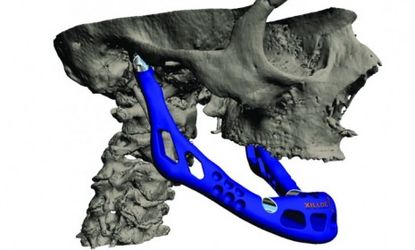My last blog post for students beginning college is about motivation. It is important that new students start by choosing a career path they truly like. There is a difference between seeing yourself in the future, doing something you imagine you are good at, versus arduously training for it everyday, and eventually experiencing what it is like living that career path you now only feel curious about.
For instance, you may like the piano a lot, and you might dream of becoming a concert pianist one day. You might imagine playing like one of the great pianists, whose skill makes music seem so easy to perform. Yet, when sitting at the piano and actually practicing scales, arpeggios, chords, and studying music theory, you might realize how difficult the process is, how many hours of practice you need to see improvement, and how difficult it actually is to play the music you once thought wasn’t as difficult. The amount of practicing for some works by, say, Rachmaninoff (e.g. Third Piano Concerto, Op. 30), might take years to excel at, and that requires patience and lots of resilience, overcoming drawbacks and stagnation in the process. There is a difference between the illusion of liking something versus actually doing so.
Wanting a career involves enjoying the journey and seizing the process, with its ups and downs. Not every part of a profession is enjoyable, however, there can be an internal drive capable of pushing you forward and overcoming difficulties. Being a physician, for example, involves sleepless nights at the hospital, typing SOAP notes and doing all kinds of computer work. Nurses go through a similar ordeal in large hospitals. Yet, knowing that you are doing this to improve the quality of life of people, and understanding that your contribution is noble and valuable to those around you, can be your driving force to stay motivated.
When it comes to studying in college, not even all courses you’ll take will be enjoyable. There are mandatory subjects you may have to complete in order to move forward with your major, which you may not like at all. Even in these circumstances, it is possible to find sources of motivation. Aside from realizing there’s a greater good in what you do which you don’t like, you could also build and sustain motivation by realizing that the class you are currently enrolled in, or the assignment you are currently working on, is only momentary, and that you will soon be able to move on to study things you’ll find more enjoyment in.
Generally speaking, we could say that motivation comes from intrinsic sources, which arise from your desire for personal growth as well as your interests, and there are also extrinsic sources of motivation, which involve external things you hope to accomplish, as well as things that you don’t want as a consequence of not getting your work done (e.g. lower grades, failing classes, and staying in college longer than you should).
Motivation while studying can also be developed through an adequate study environment and by avoiding distractions. Listening to non-distracting music (or background noise, instead), or not listening to any music or sounds at all, might be helpful. Likewise, finding a good, gratifying place for studying, might be very important to keep you focused. For instance, I keep a very tidy workspace at all times. Order keeps me motivated and encourages me to finish tasks. I couldn’t study in a messy environment. Apps such as Cold Turkey and Freedom might be of additional help. These apps turn off or block access to certain apps that are a source of distraction, such as YouTube or social media apps. Taking breaks while studying, yet making these breaks consistent in length, will make your academic experience more enjoyable and will keep you on track of the course.
Finally, I would like to add that relaxation, emotional health, and quality sleeping are extremely important to keep yourself motivated. Successful academic achievements as a result of your motivated hard work will serve as an encouragement. Part of succeeding is knowing your academic limitations, and not overloading yourself with excessive work. Avoiding perfectionism, which is often unrealistic, is also crucial to avoid frustration and stay motivated.
Often, it so happens that you are in charge of your own motivation, whether it be through being realistic or responsible in your actions.
Sources:
Lesson: module 7, slides 2, 8-11, 21-29.


